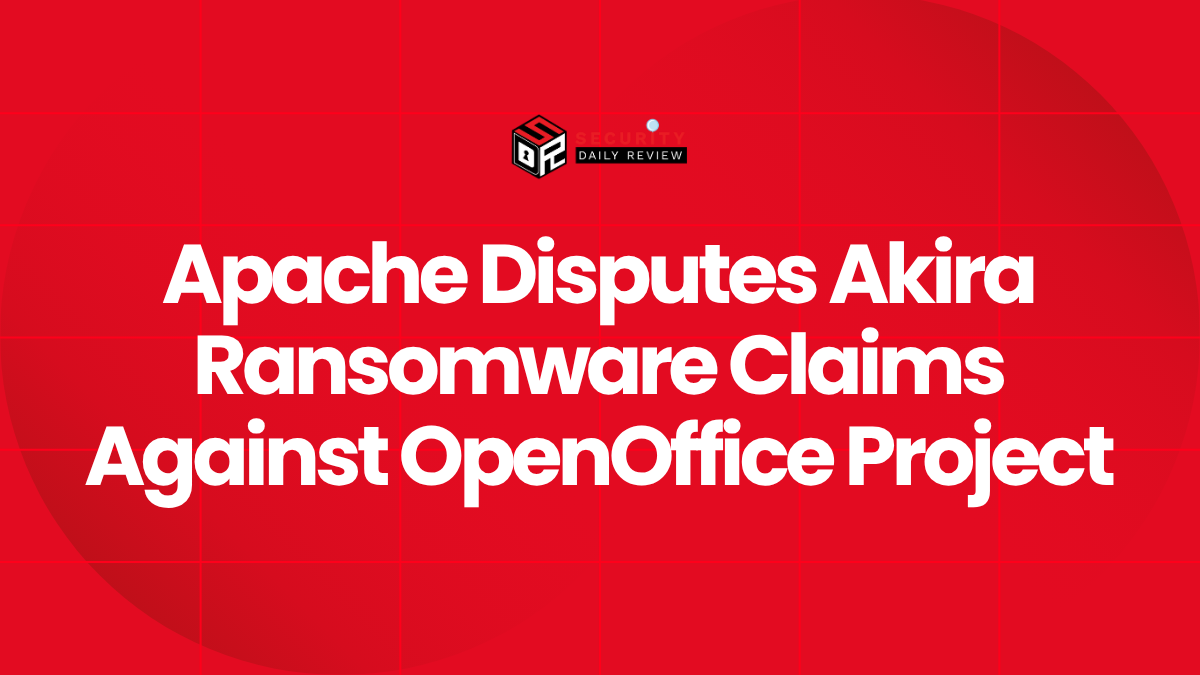Microsoft has announced that it will begin phasing out Defender Application Guard for Office beginning February 2026, with end-of-support finalized by December 2027. This move marks a significant shift in Microsoft’s security strategy, particularly for its Office suite, and reflects ongoing changes in how the company approaches isolated browsing and application containment.
Microsoft Begins Sunsetting Application Guard
Microsoft Defender Application Guard (WDAG) for Office, a virtualization-based security feature, has played a key role in application security by allowing untrusted Office documents to open in an isolated Hyper-V container. The goal was to prevent potential malware and exploit code from affecting users’ operating systems.
However, Microsoft has now officially confirmed plans to remove this feature from Office. Starting with Office version 2602, scheduled for release in February 2026, this feature will no longer be included. Full end-of-support will occur by December 2027.
Transition Timeline for Defender Application Guard
Microsoft provided a clear sunset timeline to allow organizations time to adjust their security architecture:
- Now through February 2026 : Defender Application Guard remains available and supported as part of Microsoft 365 Apps.
- February 2026 (version 2602) : The feature will be removed from the Monthly Enterprise Channel.
- Subsequent months : Removal will progress across Semi-Annual Enterprise and Current Channels in line with their scheduled updates.
- December 2027 : Full deprecation and end-of-support for the Application Guard for Office.
This lengthy transition aims to reduce operational disruption and give enterprise customers time to migrate to alternative security solutions.
Strategic Shift in Office Security Framework
Microsoft has not provided a direct replacement for Application Guard, but the announcement hints at a broader change in Office threat protection. Given Microsoft’s push toward cloud-based security and Microsoft 365 integrated protections, this decision appears aligned with consolidating its security architecture under newer technologies like Microsoft Defender for Endpoint and Safe Documents.
Implications for Enterprise Security Teams
For security teams relying on Application Guard as a cornerstone of document isolation, the retirement raises several questions about risk posture and mitigation strategies. Key considerations include:
- Document isolation alternatives : Organizations must now assess other sandboxing or file protection methods for handling untrusted content.
- Endpoint protection integration : More reliance may be placed on Microsoft Defender for Endpoint’s capabilities, including its attack surface reduction rules.
- Policy adjustments : Microsoft 365 tenant administrators will need to revise group policies and deployment guidelines that currently depend on Application Guard configurations.
Microsoft encouraged customers to start preparing for the change and review documentation to identify any dependencies or workflows tied to Application Guard.
Microsoft Repositions its Virtualization Strategy
While Defender Application Guard for Office is being phased out, Application Guard for Edge and other components of Windows Defender Application Guard will continue to be supported. This suggests that Microsoft still sees value in container-based browsing and isolation within other products, but is reevaluating where that model fits best.
Reasons Behind the Retirement Decision
Although Microsoft has not publicly elaborated why it’s retiring the Office-specific implementation, several potential factors may offer insight:
- Adoption Rates : The feature may have had limited enterprise uptake due to hardware requirements and complex deployment models.
- Resource Overhead : WDAG leveraged Hyper-V, requiring significant system resources that may not align with performance needs on modern portable devices.
- Cloud-first Strategy : Microsoft has increasingly focused on cloud-native, identity-driven security frameworks, which may render local virtualization less essential.
This aligns with overall industry trends moving toward Zero Trust architecture and centralized threat detection platforms.
Planning for a Secure Office Future After WDAG
Organizations currently depending on Defender Application Guard for Office should undertake a structured migration plan. Recommended steps include:
- Audit current use : Identify how and where WDAG is being used across the organization.
- Evaluate alternatives : Investigate Microsoft’s Safe Documents, OneDrive/SharePoint file protection, and endpoint detection-based controls.
- Communicate internally : Ensure IT admins and end users understand the timeline and changes ahead.
- Run pilot tests : Start validating new configurations in test environments before broader rollouts.
In sum, while Microsoft’s roadmap signals the end of Defender Application Guard for Office, it also opens up opportunities for organizations to modernize their security stack leveraging newer, often more adaptive solutions. Cybersecurity professionals should keep a close eye on further announcements from Microsoft detailing successor technologies or integrations.









